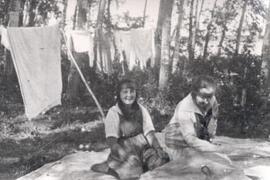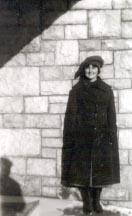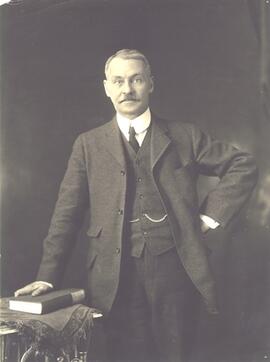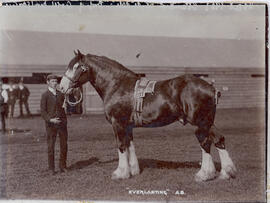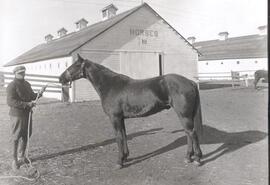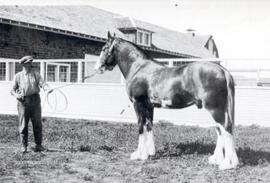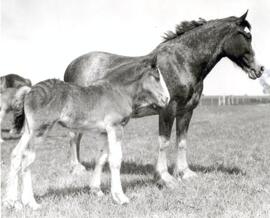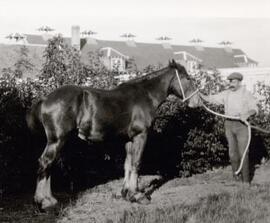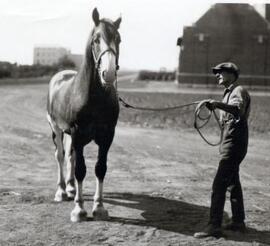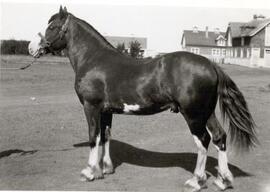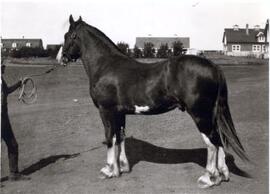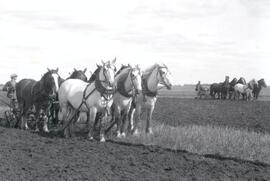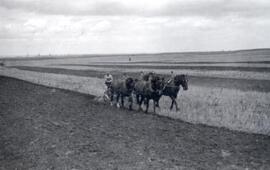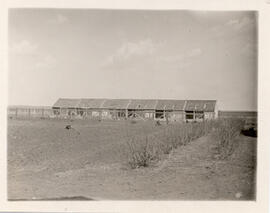Studio image of Sir Frederick W.G. Haultain, Chief Justice of Saskatchewan.
Bio/Historical Note: Sir Frederick William Alpin Gordon Haultain (1857-1942) was born in Woolwich, England and came to Peterborough, Canada West, with his family in 1860. He grew up in Peterborough and Montreal, where he was educated at the High School of Montreal, later receiving a Bachelor of Arts from the University of Toronto. He went on to study law at Osgoode Hall and was called to the bar in Ontario in 1882 and in the North-West Territories in 1884. Haultain was first elected to the Legislative Assembly of the Northwest Territories in a by-election held on 5 September 1887. He defeated Charles Conybeare by a large margin. Haultain would win his next five elections by acclamation. Haultain was appointed the first Premier of the territories on 7 October 1897. As premier, Haultain led negotiations for the granting of provincial status. Haultain argued for these territories to be admitted as a single province named Buffalo, and wanted the new province to be governed by non-partisan governments. The federal Liberal government of Sir Wilfrid Laurier, however, decided to create two provinces, Alberta and Saskatchewan, in 1905. Frustrated in negotiations with the federal Liberal government, Haultain became increasingly identified with the Conservative Party and campaigned for it in the 1904 federal election. Laurier's Liberals were re-elected. Haultain led the Provincial Rights Party in the 1905 Saskatchewan provincial election, which was won by the Liberal Party of Saskatchewan. From 1905 to 1912, Haultain sat in the Legislative Assembly of Saskatchewan as leader of the Opposition. In 1912, the newly elected Conservative federal government of Sir Robert Borden made Haultain Chief Justice of Saskatchewan's superior court. He was knighted in 1916, and in 1917 was made Chief Justice of the Saskatchewan Court of Appeal, a position he held until his retirement in 1938. In 1937 Haultain was awarded an Honourary Degree from the U of S. Haultain died in Montreal in 1942 and his cincerary urn with a bronze plaque lie behind the U of S Memorial Gates that were dedicated during his term of office.

